The formula used for star delta transformations are:
$$ R_A = \frac{R_{AB} R_{AC}}{R_{AB}+R_{AC}+R_{BC}} $$
and
$$ R_{AB} = \frac{R_AR_B + R_AR_C + R_BR_C}{R_C} $$
The normal way that these formulae are derived is by equating the expressions for the effective resistances between any corresponding pairs of terminals.
But in that approach, it is assumed for the calculation of the effective resistances, that the third nodes are not connected to any external circuit. That is, if we are calculating the effecting resistances between nodes \$A\$ and \$B\$ in the circuits, then we assume that no current enters or leaves the star or delta formation from node \$C\$ (\$I_2 = 0\$ in my diagram).
But how is this assumption valid? How are these formulae, which were derived with the assumption that \$I_2 = 0\$ valid even when \$I_2 \ne 0\$ ?
Perhaps this was done to simplify the derivation, and then make a rigorous proof that the formulae obtained work in all scenarios? But I haven't found any such proof following the derivation in the sources that I referred.
Or maybe there is some law/theorem that enables this approach? Maybe superposition theorem?
My alternative to do this derivation rigorously without making the open node assumption, would be to equate the voltages instead of effective resistances. Since voltages only depends on end points, they can be calculated by taking just one path from \$A\$ to \$B\$. To calculate the voltage of individual branches in the path, we use \$V = IR\$. The currents here are found using Kirchoff's current law, and account for all possible external connections to a star or delta circuit.

